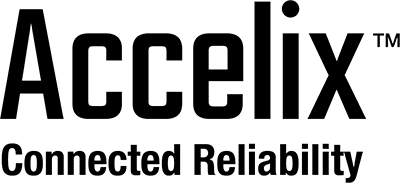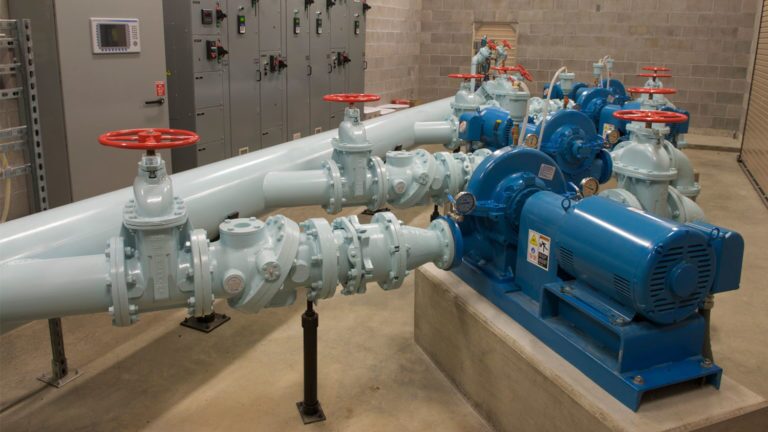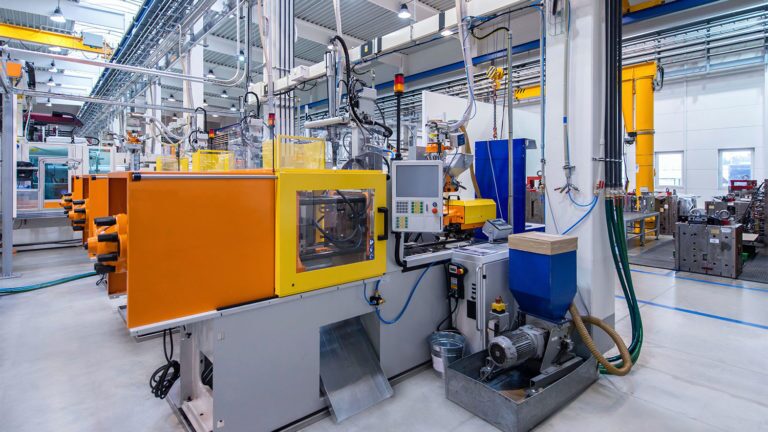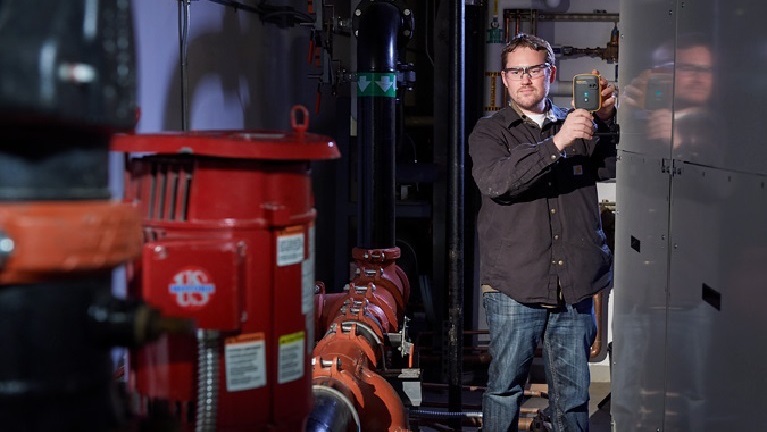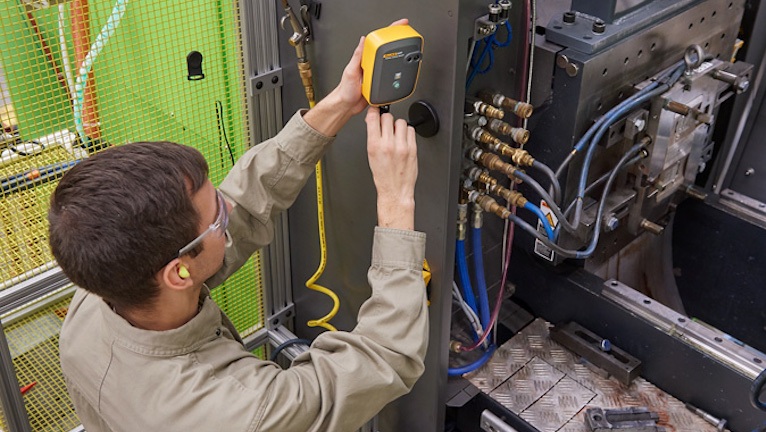Top 10 Best Maintenance Practices for a CMMS
The question that comes up for most clients at the beginning of a CMMS software implementation is ‘what do I do first?’ There are a lot of critical problems to solve from a maintenance and reliability standpoint, which is what the systems are designed to help businesses manage. Some typical components and areas of functionality in a system may include, but are not limited to:
- Spare Parts
- Reliability
- Planning
- Predictive Maintenance
- Breakdowns
- Projects
- Stocking Levels
- BOMs
- Shift Reports
- New Equipment
- Technical Manuals
- Purchasing
- Repairs
- Safety
- KPIs
- Metrics
- Materials Management
- Scheduling
- Productivity
- Preventive Maintenance
- Obsolete Equipment
The key to CMMS implementation is having a long-term view of what to do in order to put all of the foundational components into place.
Purpose of the CMMS
- CMMS provides a central repository for most asset data and information
- CMMS manages and controls work and materials processes
- CMMS tracks activity over the life of an asset
- CMMS retains technical information on assets
There are 10best practices to help ensure success with a CMMS system.
#10 Put Someone in Charge of CMMS Implementation
Who in the organization owns the CMMS system? This is the person who is:
- Always looking to get the organization to use more of the system … to make the system valuable as opposed to a burden
- Driving process improvement around the system
- Evaluating and monitoring data quality
- Reviewing compliance with the business processes
- Sits with key users to understand how they can get better use out of the system
- Advocates for the system
- They are not a technical IT person, but a business person

#9 Paper Reduction Does Not Equal Admin Reduction
Your team will probably need to do more administration than before. Discipline is critical to success. Having data for reporting and analysis requires data to be put into the system.
Determine an organization structure will support this increased level of administration.
If no one uses the data then no one will care about the data… the system is then viewed as a burden.
#8 Build a Long Term Plan
Organizations often build a plan to support the implementation of a CMMS that begins with the selection of the software and ends with the Go Live of the system. In reality, Go Live is only the beginning of the effort. To succeed, teams must have a long term plan in place that addresses the following:
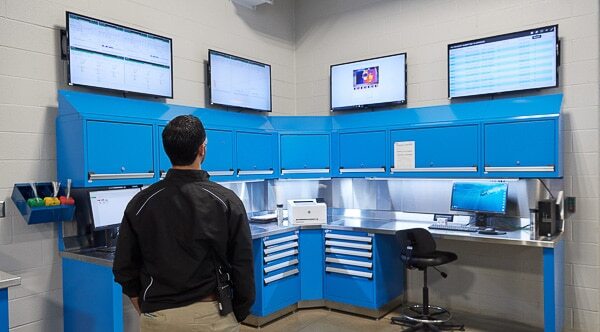
- Master data development and long term data management
- Metrics and KPI management
- Business process compliance measurement
- New hire training (new employees and new to role employees)
- Advanced system training
- Upgrade management
- Report development, management, and distribution
#7 CMMS System Training vs. Software Training
Many managers only use a small percentage of the functionality of their systems because they view the implementation as the end of the road. Treat the implementation as the beginning of the journey to long-term success. For example:
- System training integrates training on the process with the keystroke training for the software.
- Make sure people understand why they need to do something in the system.
- Use role based training in order to go into detail of what is expected of the people in various roles
- Training doesn’t stop after the initial implementation.
#6 Utilize Spiral Learning
A CMMS is a complex integrated system that is designed to manage advanced maintenance practices. Getting full use of the system requires a continuous improvement process that will move the organization through the journey to a high-performing organization.
- Start with the Original Concept
- Move on to Planning
- Follow up with Execution
- Then Review/Redefine
- Revise Concept
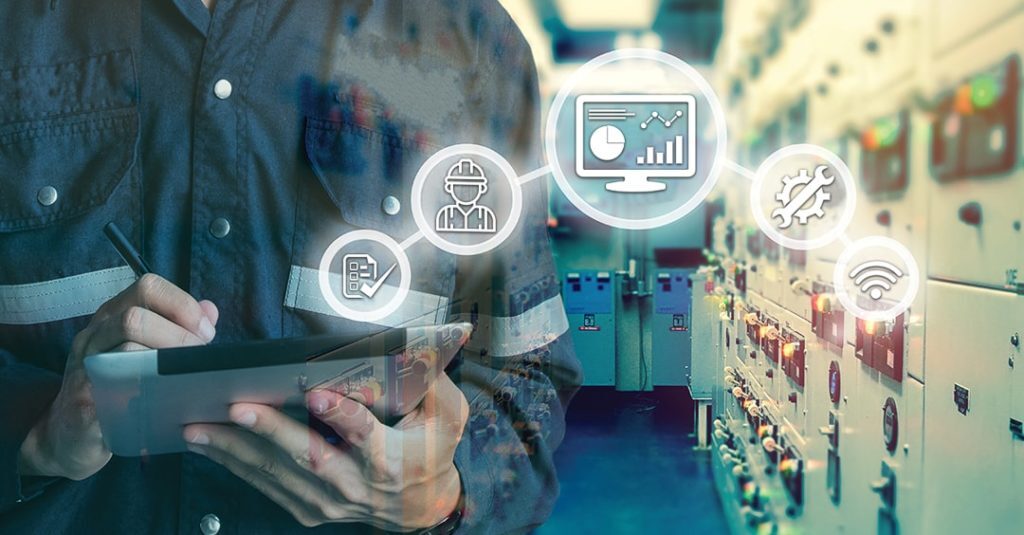
#5 Don’t Take Short Cuts in Implementing a CMMS
Many view the CMMS as an administrative burden and go out of the way to reduce this burden by taking shortcuts. Sadly, these shortcuts significantly impact the value and accuracy of the system. Instead, verify that:
- All work is tracked on a work order – The short, repetitive jobs are typically what ‘eats your lunch’ and breaks maintenance schedules.
- Manage spare parts in the system – Do not allow cubby holes for parts, with the only exception being free issues for commodities. All parts are issued to a work order – tracked to a specific asset.
- Build detailed, high quality job plans – Work procedures, special tools, LOTO, parts lists, and establish a plan library to increase planning efficiency. Then, management verifies the work is done following best practices with repeatability.
#4 Don’t Forget Culture Change

During implementation, a focused understanding of an operation’s culture and how it can make or break CMMS success is critical. For a deeper understanding of how a CMMS “tells the story of maintenance,” check out eMaint’s webinar “Using Your CMMS to Influence Culture.” eMaint Sr. Consultant in Professional Services Roy Rothwell shares common pitfalls to avoid, and tips for you to promote a positive culture with a maintenance management system.
#3 Build High-quality, Accurate CMMS Data
Accuracy and consistency of data are the foundation of the system. If data collection is not correct and to the proper level of detail, the system will not be able to deliver its designed value. Commit to building and maintaining foundational data to have a valuable and sustainable system.
- Location Hierarchy – clearly defines the system
- Master Equipment List – the core of the system
- Class, subclass, attributes, descriptions (see examples)
- Drives: reporting analysis, contracting, failure tracking, reliability, strategy deployment, asset comparison, RCPA
- Item Master – contains stock and non-stock item records
- Stock and nonstock items
- Classification attributes, consistent descriptions, technical detail
- Bill of Materials – the most valuable data component
- Increases planner productivity, improves quality of repair, key info for inventory management, critical to emergency response
- Failure Hierarchy – class / subclass specific
- Problem, Cause, Remedy (FMEA based)
- Advanced starting point for RCFA
#2 Define Process in Detail
Detailed process flows and descriptions with clear roles and responsibilities definitions are instrumental for a common understanding of use and processes. Design processes that will support improved practice objectives.
- Work Management
- Identification, Approval, Planning, Scheduling, Completion, Documentation
- Materials & Storeroom Management
- Purchasing, invoicing, payment, invoice matching
- Ordering, receiving, kitting
- Min / max & stock level analysis tied to reliability strategy
- Issuing, returns, all parts in system
- Reliability Management
- Post Maintenance Testing
- Technical Analysis and Use of Data
- Repetitive failure finding
- Failure tracking and coding
- Management of change

#1 Improve Your Practices
CMMS software is only as good as the business practices it supports. Don’t just automate current practices… evaluate, improve, and enhance. Additionally, major changes are easier to implement when they are coupled with the changes of the new system.
- Proactive work management practices with proper staffing
- Dedicated planners, integrated maintenance, and production planning
- Properly trained planners
- Detailed work plans
- Integrated procurement practices
- Total cost of ownership vs. lowest cost
- Integrated with work management
- Secure storeroom with proper staffing
- Tightly integrated with work management process
- Stocking strategy tied to the reliability strategy
- Reliability Management with proper staffing
- Someone responsible for reliability and performance of the assets
- Data driven analysis and improvement
- Technical approach to definition of maintenance tasks
- PdM & CBM
Review of 10 Top Maintenance Tips
- Improve practices
- Define processes in detail
- Build high quality accurate data
- Don’t forget culture change
- Don’t take shortcuts
- Use spiral learning
- System training vs. software training
- Build a long-term plan
- Paper reduction ≠ administration reduction
- Put someone in charge
To learn more about implementing or getting help with your CMMS, please speak with one of our knowledgeable customer success managers, today!
